Keeping houseplants lush, green, and thriving doesn’t always require expensive fertilizers or fancy products. In fact, some of the most effective and eco-friendly fertilizers are already sitting right in your kitchen! Every day, households throw away food scraps that are rich in essential nutrients plants love—such as potassium, nitrogen, phosphorus, and calcium.
Learning how to fertilize houseplants naturally using kitchen scraps not only nourishes your indoor plants but also reduces waste, saves money, and promotes sustainable living. In this detailed guide, we’ll explore how kitchen leftovers can become powerful organic fertilizers, the best ways to prepare and use them, and the science behind how they help plants grow strong and healthy.
Why Use Natural Fertilizers for Houseplants?
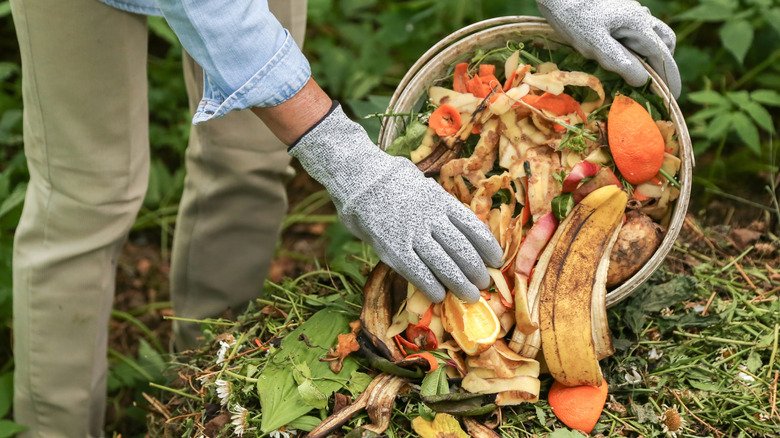
Before diving into methods, it’s important to understand why natural fertilizers are beneficial for your indoor garden.
Unlike synthetic fertilizers, which often contain concentrated chemicals that can burn plant roots or build up salts in the soil, natural fertilizers release nutrients slowly and safely. They improve soil structure, encourage beneficial microbes, and create a balanced ecosystem that supports steady, long-term growth.
Benefits of Using Kitchen Scrap Fertilizers:
- Eco-Friendly: Reduces household waste by reusing organic materials.
- Cost-Effective: No need for store-bought fertilizers.
- Soil Health: Adds organic matter, improving soil aeration and water retention.
- Balanced Nutrition: Provides natural sources of macro- and micronutrients.
- Safe for Plants: Less risk of root burn or overfertilization.
Essential Nutrients Plants Need
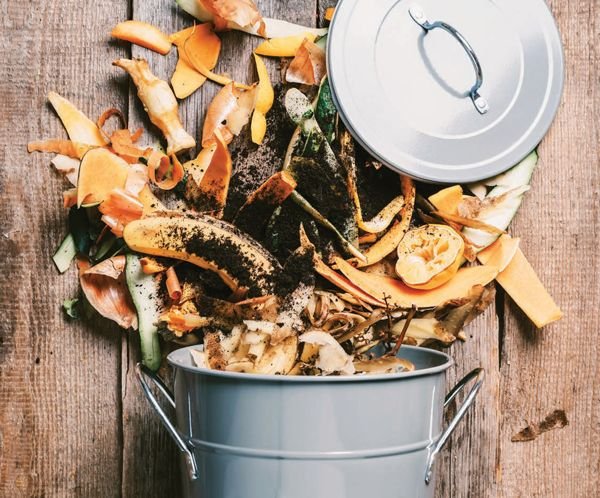
Every plant needs three main macronutrients, plus a variety of micronutrients, for optimal growth:
- Nitrogen (N): Promotes leaf and stem growth, making foliage lush and green.
- Phosphorus (P): Strengthens roots and boosts flower and fruit production.
- Potassium (K): Enhances overall plant health and disease resistance.
- Calcium, Magnesium, and Iron: Support cell structure, chlorophyll production, and enzyme functions.
Kitchen scraps, when used correctly, can supply all of these naturally.
Top Kitchen Scraps That Make Excellent Natural Fertilizers
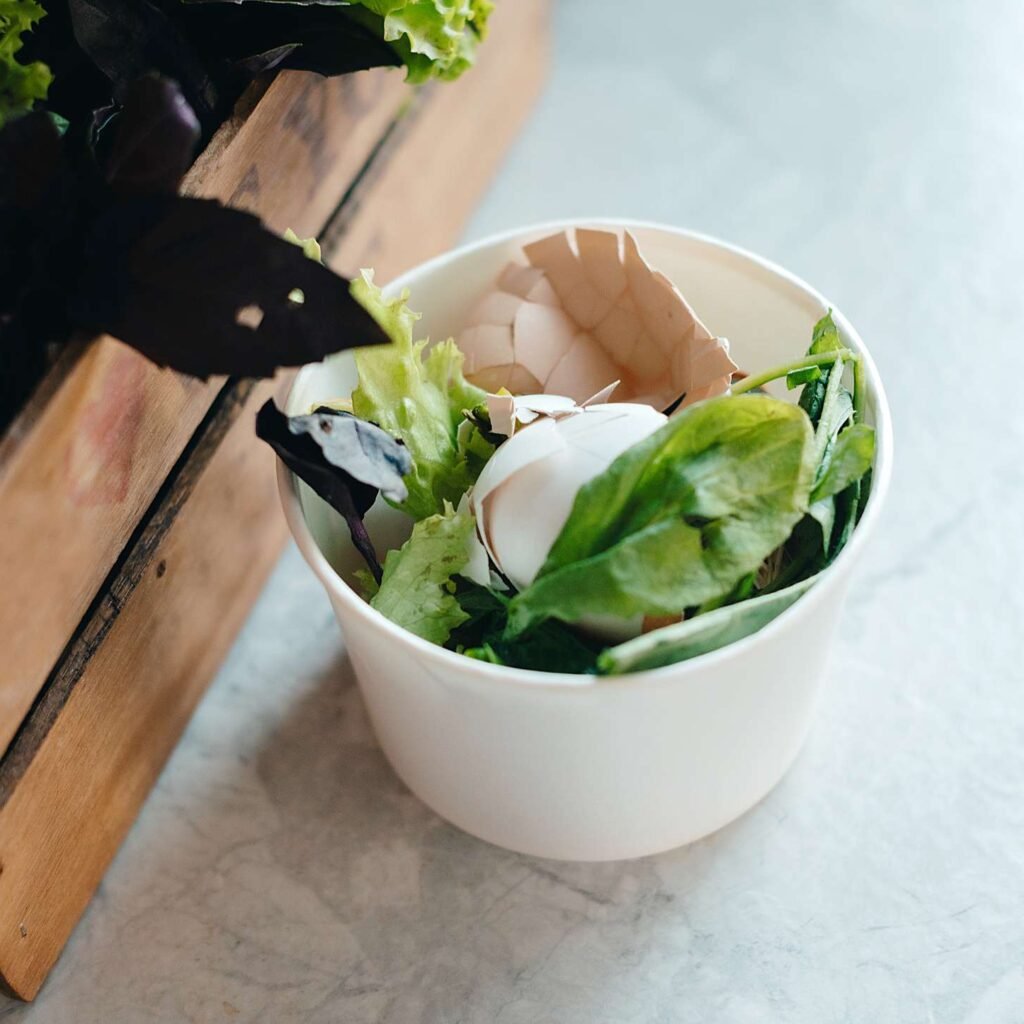
Here are the most effective household waste items that can transform into nutrient-rich plant food.
1. Banana Peels
Best For: Flowering plants, ferns, and indoor fruit trees
Banana peels are rich in potassium and phosphorus, essential for strong roots and healthy blooms.
How to Use:
- Chop and Bury: Cut peels into small pieces and bury them 1–2 inches deep in the soil.
- Banana Peel Tea: Soak banana peels in a jar of water for 48 hours, then use the nutrient-infused water to water your plants.
- Dry and Blend: Dry the peels, grind into powder, and sprinkle a teaspoon into the potting mix.
2. Coffee Grounds
Best For: Acid-loving plants like peace lilies, African violets, ferns, and philodendrons
Coffee grounds contain nitrogen, magnesium, and potassium, making them an excellent organic fertilizer. They also improve soil texture.
How to Use:
- Dry First: Let used coffee grounds dry to prevent mold.
- Sprinkle Sparingly: Mix a small amount into the topsoil.
- Compost: Add to compost piles to balance nitrogen levels.
Caution: Avoid overusing coffee grounds—they can make soil too acidic or compacted if not mixed well.
3. Eggshells
Best For: Plants that need calcium, like spider plants and succulents
Eggshells are packed with calcium carbonate, vital for strong cell walls and preventing blossom-end rot in fruiting plants.
How to Use:
- Crushed Shells: Rinse, dry, and crush into fine bits. Sprinkle into the soil or mix into potting mix.
- Eggshell Tea: Boil crushed shells for 10 minutes, let cool, and water your plants with the calcium-rich liquid.
4. Vegetable Cooking Water
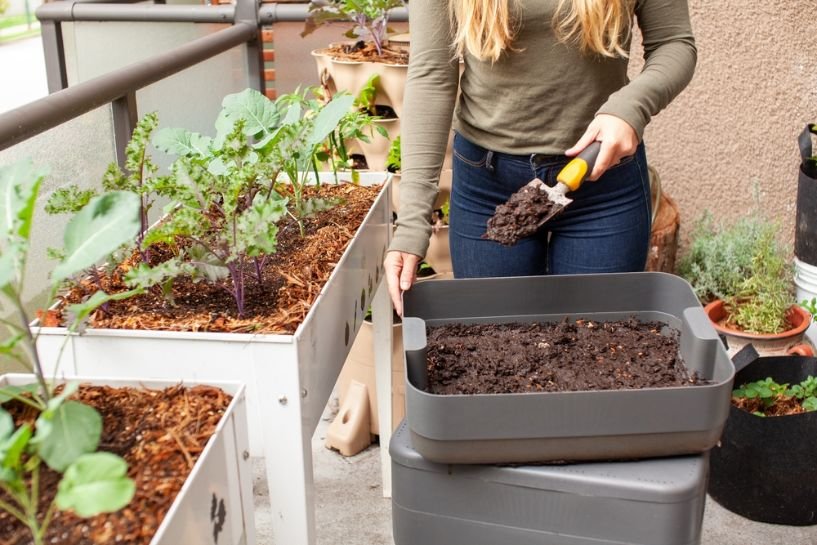
Best For: All houseplants
When you boil vegetables, the water absorbs many of their nutrients—like iron, phosphorus, and potassium.
How to Use:
- After boiling veggies, let the water cool completely.
- Use it to water your plants.
Tip: Avoid using salted or oiled water—it can harm plants.
5. Tea Leaves and Tea Bags
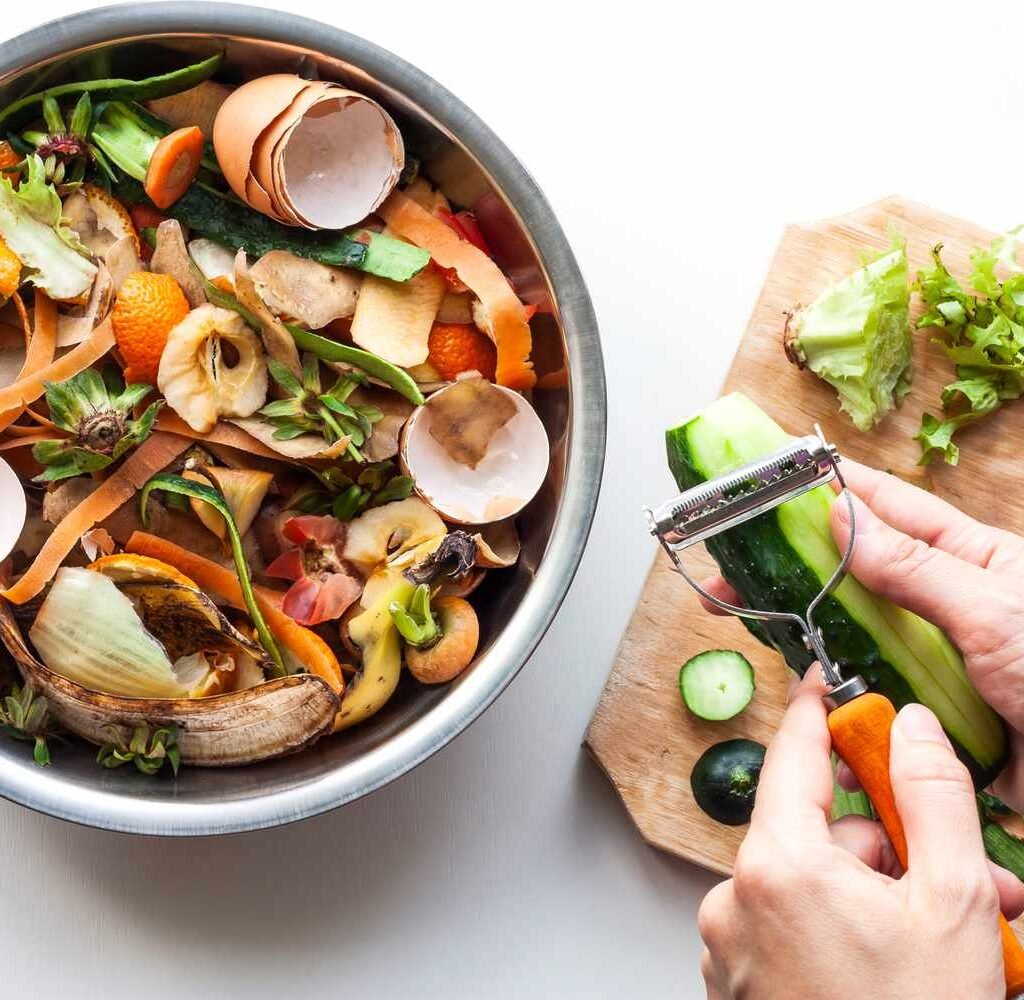
Best For: Ferns, philodendrons, and other foliage plants
Used tea leaves are rich in tannic acid and micronutrients that promote lush, green growth.
How to Use:
- Loose Tea: Spread used leaves around the base of the plant and lightly mix into the soil.
- Tea Water: Steep old tea bags in water for 24 hours, then use the liquid as mild fertilizer.
Caution: Avoid flavored or heavily processed teas; stick to natural black or green tea.
6. Vegetable and Fruit Peels
Best For: Most indoor plants
Peels from carrots, cucumbers, potatoes, and apples contain various nutrients like potassium, magnesium, and phosphorus.
How to Use:
- Compost: Add to your compost bin to create a balanced organic fertilizer.
- Blend into Smoothie Fertilizer: Mix peels with water in a blender and pour the nutrient smoothie around plant bases.
7. Rice Water
Best For: Tropical plants like monstera, calathea, and pothos
Rice water—the starchy liquid left after rinsing or boiling rice—is a gentle fertilizer rich in vitamins, minerals, and amino acids.
How to Use:
- Collect water from the first rinse or after boiling rice (unsalted).
- Let it cool and use it as a natural liquid fertilizer once a week.
8. Onion and Garlic Peels
Best For: Pest-prone plants
While not a nutrient powerhouse, onion and garlic peels have antifungal and antibacterial properties that help deter pests and promote healthy roots.
How to Use:
- Soak peels in water overnight, strain, and spray the liquid on leaves or soil to keep bugs at bay.
9. Stale Bread or Yeast Water
Best For: Foliage plants
Yeast contains beneficial microorganisms that promote root health and nutrient uptake.
How to Use:
- Mix a small piece of stale bread or ½ teaspoon yeast with water and let it ferment for a day.
- Use the diluted solution to water your plants occasionally.
10. Citrus Peels (Used Cautiously)
Best For: Pest control, not direct fertilization
Citrus peels contain natural oils that can repel pests but may acidify the soil.
How to Use:
- Dry and grind the peels into powder.
- Sprinkle a small amount on top of the soil as a natural insect deterrent.
How to Make Homemade Compost from Kitchen Scraps
If you want to take your natural fertilizing a step further, composting is the best method to recycle all kitchen waste into rich, organic plant food.
Step 1: Collect the Right Materials
Use:
- Fruit and vegetable scraps
- Coffee grounds
- Eggshells
- Tea leaves
Avoid:
- Meat, dairy, oily foods, or cooked items (they attract pests and slow decomposition).
Step 2: Balance Greens and Browns
To make effective compost, balance:
- Greens (Nitrogen-rich): Food scraps, grass clippings, coffee grounds.
- Browns (Carbon-rich): Dry leaves, shredded paper, cardboard.
Maintain roughly 1 part greens to 3 parts browns.
Step 3: Let It Decompose
Store scraps in a small bin or bucket with a lid. Stir weekly to allow air circulation. After 4–6 weeks, you’ll have dark, crumbly compost that smells earthy—perfect for houseplants.
Step 4: Use Compost for Indoor Plants
- Mix a handful into potting soil before planting.
- Sprinkle a thin layer on top of pots every few weeks as a nutrient booster.
Liquid Compost Tea for Quick Results
For faster nutrient absorption, you can make a liquid compost fertilizer using kitchen scraps.
How to Make:
- Fill a bucket with water.
- Add vegetable peels, banana skins, and coffee grounds.
- Let it steep for 3–5 days, stirring occasionally.
- Strain and dilute (1 part tea to 2 parts water).
- Water your houseplants with it once every two weeks.
This method provides plants with immediate nutrients in a gentle, organic form.
Tips for Using Kitchen Scrap Fertilizers Safely
- Avoid Overfeeding: Even natural fertilizers can cause nutrient buildup—feed once or twice a month.
- Monitor Plant Response: Yellow leaves may indicate too much nitrogen; adjust accordingly.
- Keep It Clean: Remove moldy or rotten scraps from the soil.
- Use Unsalted, Unflavored Ingredients: Salt or sugar can harm plant roots.
- Store Properly: Keep compost or teas sealed to prevent odors or fruit flies.
Plants That Benefit Most from Kitchen Scrap Fertilizers
- Leafy houseplants: Pothos, philodendron, ferns, and peace lilies.
- Flowering plants: African violets, orchids, and begonias.
- Herbs: Basil, mint, parsley, and cilantro.
Succulents and cacti, however, prefer nutrient-poor, dry soil—so avoid overfeeding them.
Final Thoughts
Nature has its own recycling system—and your kitchen can be a part of it. By learning how to fertilize houseplants naturally using kitchen scraps, you turn everyday waste into valuable plant food.
Banana peels, coffee grounds, eggshells, and veggie water may seem ordinary, but together they create a powerful, organic nutrient mix that keeps your indoor plants vibrant and resilient.
Not only will your houseplants flourish with greener leaves and stronger roots, but you’ll also contribute to a healthier planet by reducing food waste and chemical use.
So, the next time you peel a banana or brew your morning coffee, don’t toss the scraps—feed them to your plants. They’ll thank you with thriving, natural beauty all year long.
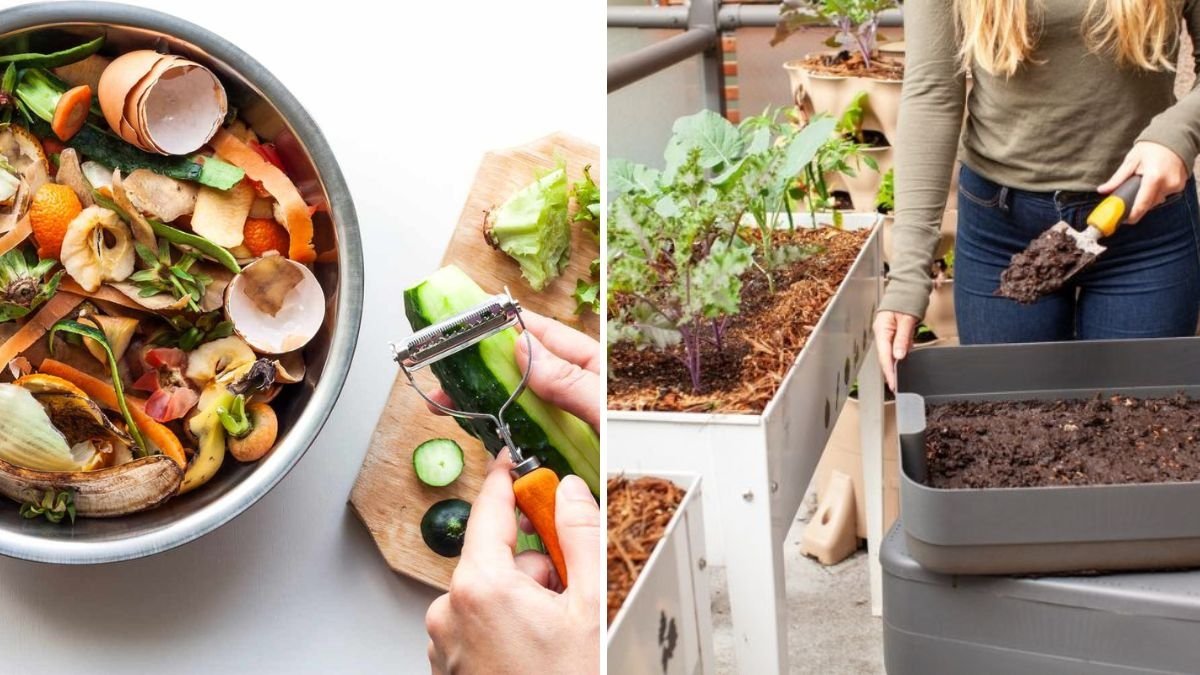




Leave A Comment